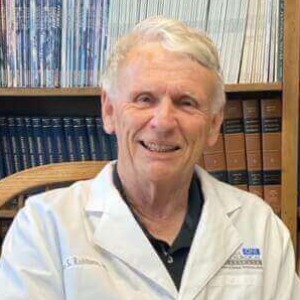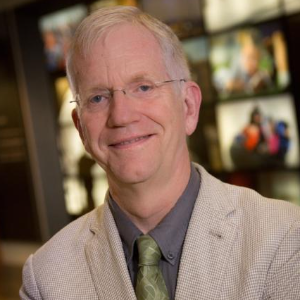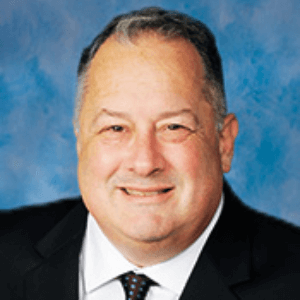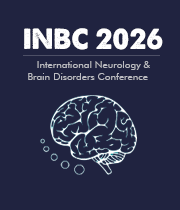Unipotent Stem Cells
Unipotent stem cells are the least-known type of stem cell. They are stem cells that are differentiated and limited to developing into only one type of cell or cell line. Unlike pluripotent stem cells, which could become any cell type, and multipotent stem cells, which are able to become a few different cell types, unipotent stem cells are restricted to developing into a single type of cell. Unipotent stem cells were first isolated from human umbilical cord blood in 1998, and since then have been found to exist in various tissues including bone marrow, lung, skin, and muscle. Unipotent stem cells are found most commonly in adult tissues. They possess the capacity to renew themselves and differentiate into the cell type they are predestined to become, and their differentiation is considered to be a phenotype selection from other progenitor cells in the tissue. The major benefit of using unipotent stem cells is that they can be directed into the cell type of the researcher’s choice, providing researchers with a relatively unlimited source of the cell type they need. Unipotent stem cells are the most difficult of the three major stem cell types to manipulate as their differentiation is limited, and so fewer research tools are available for this type of stem cell biology than for pluripotent and multipotent stem cells. Additionally, the potential medical applications for unipotent stem cell-based therapies are significantly narrower than those for multipotent and pluripotent stem cell research. Research into unipotent stem cells has generated great promise due to its potential use in tissue engineering and for healing diseases, such as Alzheimer’s, Parkinson’s, cancer, and diabetes. Early studies have suggested that unipotent stem cells could be used to replace cells damaged due to disease, aging, or injury, meaning unipotent stem cells could offer potential therapeutic treatments for a range of medical conditions.

Joe Sam Robinson
Mercer University, United States
Robert B Slocum
University of Kentucky HealthCare, United States
George Diaz
Memorial Healthcare Systems, United States
Daniel Curry
Texas Children’s Hospital, United States
Zhenhuan Liu
Guangzhou University Chinese Medicine, China
Kiran Ghotra
Lake Erie College of Osteopathic Medicine, United States




Title : Atypical presentation of Juvenile myoclonic epilepsy in a 16-year-old female: A Case Report
George Diaz, Memorial Healthcare Systems, United States
Title : Narrative medicine: A communication therapy for the communication disorder of Functional Seizures (FS) [also known as Psychogenic Non-Epileptic Seizures (PNES)]
Robert B Slocum, University of Kentucky HealthCare, United States
Title : Nanoparticles passing the blood brain barrier to treat cancer, infection, and more
Thomas J Webster, Brown University, United States
Title : Managing healthcare transformation towards personalized, preventive, predictive, participative precision medicine ecosystems
Bernd Blobel, University of Regensburg, Germany
Title : Transcranial painless neurorehabilitation scalp acupuncture electrical stimulation for neuroregulation of autism spectrum disorder
Zhenhuan Liu, Guangzhou University Chinese Medicine, China
Title : The million-dollar workup
Zoe Reinus, University of Connecticut, United States